Gentlemen:
Your publication is without question one of the better historical magazines. Until …
While reading the features section I noticed this title found at page 38: “Duel at Hampton Roads” by Keith Milton. Why did I not immediately turn to this page and quickly begin to read? Well, just below the title a short sentence that described the article began, “The Monitor and the Merrimack tested the limits of naval warfare …”
I did not bother reading Mr. Milton’s article. Why? If the author failed to correctly name one of the leading participants, how could a serious reader expect anything else but errors in the main body of Mr. Milton’s work.
Of course, Merrimack was once correct! Up until she was captured, sunk at dry dock, and raised and revived by the Confederate States of America into a revolutionary vessel. Merrimack became the CSS Virginia.
Michael Flynn
Savannah, Georgia
Kula Gulf Relived
Dear Mr. Hammel:
The night of June 5-6, 1943 is a night I relive many times. Your article in the April 2002 issue, “Destroyer Matchup at Kula Gulf,” hit home and gave me a deeper insight into what was happening during the Battle of Kula Gulf. I was a young Lt. JG. on board St. Louis (CL 49) stationed in the main battery plot. I was tracking the Japanese force as we approached at an alarming decreasing range rate. As we closed I had some harsh thoughts about Admiral Ainsworth and kept muttering to myself, “Why doesn’t he open fire before we get into another melee like Savo Island?” Your article brought home the fact that the admital had a lot on his mind.
Much as I enjoyed the objectivity of your article, I would like to point out that after Helena received her first torpedo it was St. Louis, not the Helena, that was hit by the dud torpedo. I believe all hits on Helena were good. I remember hearing Gunnery Control say, “Plot. Torpedo approaching you from starboard” and literally sweating blood for the hit. When the torpedo reached us there was a dull thud and we could hear the dud work itself aft along the hull. Later when we entered dry dock in Mare Island to get a new bow after we received a hit one week after Kula Gulf, we could see the dent in the hull made when the torpedo hit.
From my “vantage point” in the bowels of the ship I had no clear picture of what was going on during the battle. Your article gave me a comprehensive and clear picture of the development of the action. St. Louis received a Navy Unit Citation for the Kula Gulf action for destroying “a superior Japanese cruiser-destroyer force.” I had always felt that this never happened because no Japanese cruisers were anywhere near the scene. Your article supports my view.
Your presentation of the development of the Battle of Kula Gulf is objective and ties in the various componenets of the action. It certainly adds to my appreciation of what happened that night.
William M. Goode
Commander U.S. Navy Retired
Citrus Heights, California
Washington’s Lessons
Dear Editor:
I found the article “The Brooklyn Campaign” (February 2002) of particlar interest since I have closely studied the American Revolution for two published books. Author James E. Held writes that the American disaster at the Battle of Brooklyn in 1776 offered General George Washington several valuable lessons and that he “learned his lessons well.”
One lesson Held points to was the necessity for an army of regulars. Washington’s massive army of 23,000 militia melted away after the Battle of Brooklyn. Despite fears of a standing army, Congress voted Washington the regular Continental Army he wanted.
Another lesson was the danger of engaging the better trained, equipped, and led British forces in major battles. Held writes that subsequently Washington conceded the need for more maneuverability and flexibility rather than fighting general battles. Nevertheless, Washington disregarded this lesson the next year (1777) at the Battles of Brandywine and Germantown and got beat. After the winter at Valley Forge, he did engage the British at the major Battle of Monmouth, NJ, June 28, 1778, and defeated the enemy by a display of decisiive leadership. Following this victory, Washington played a waiting game until the opportunity at Yorktown appeared.
A third lesson that Washington should have learned at Brooklyn but did not was the glaring need for an effective cavalry corps that could serve, historian Charles Francis Adams states, as a mounted force “attached to his command, at once his army’s eyes and ears, its safeguard against surprise and his most ready weapon of offense.”
When General Casimir Pulaski became “Commander of the Horse,” he strove to persuade Washington and Congress to establish a strong cavalry corps placed directly under the Commander-in-Chief and employed by him at critical times to ensure victory. Pulaski’s concept was an excuse for historian Douglas Southall Freeman to charge mistakenly that Pulaski demanded a rank second only to Washington’s. On the contrary, Pulaski’s concept centered on operational control and not on rank. Washington, unfortunately, little understood cavalry operations. He relied on the infantry and artillery. The high cost of equipping a mounted soldier repelled him. He boasted that he could equip three infantrymen for the price of one cavalryman. Consequently, the best that Pulaski could get from Congress was the independent, but small, Pulaski Legion that fought superbly in the South under General Benjamin Lincoln.
Francis C. Kajencki
Colonel U.S. Army Retired
El Paso, Texas
Map Kudos
Sirs:
A heartfelt thank you to Philip Schwartzberg for his excellent maps in the February 2002 issue. The article on Xenophon and the 10,000 was made twice as interesting when the route could be followed on a well-drawn map.
In other words, more maps! Keep Mr. Schwartzberg at his drafting table.
James Perkins
Laytonville, California
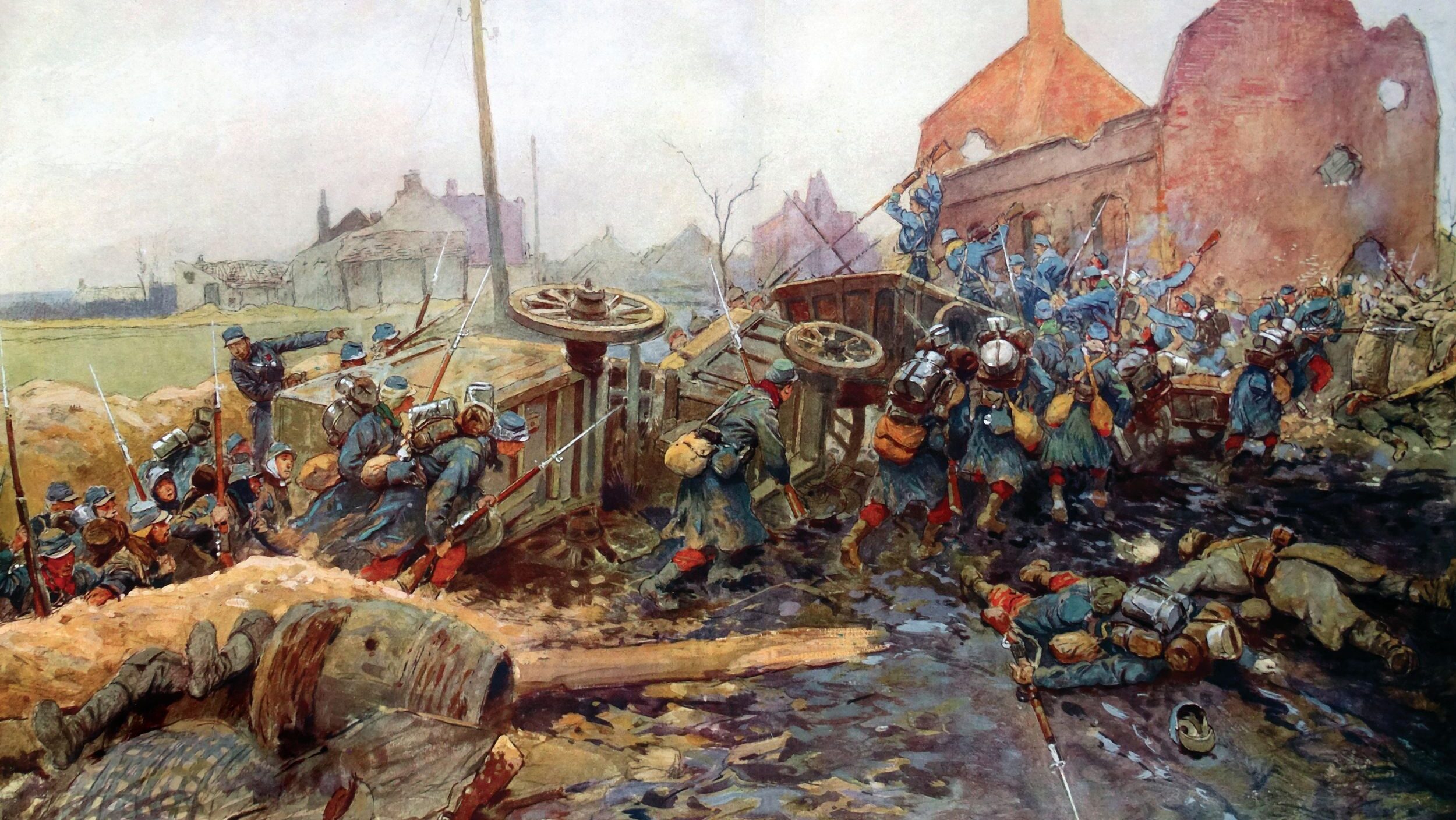
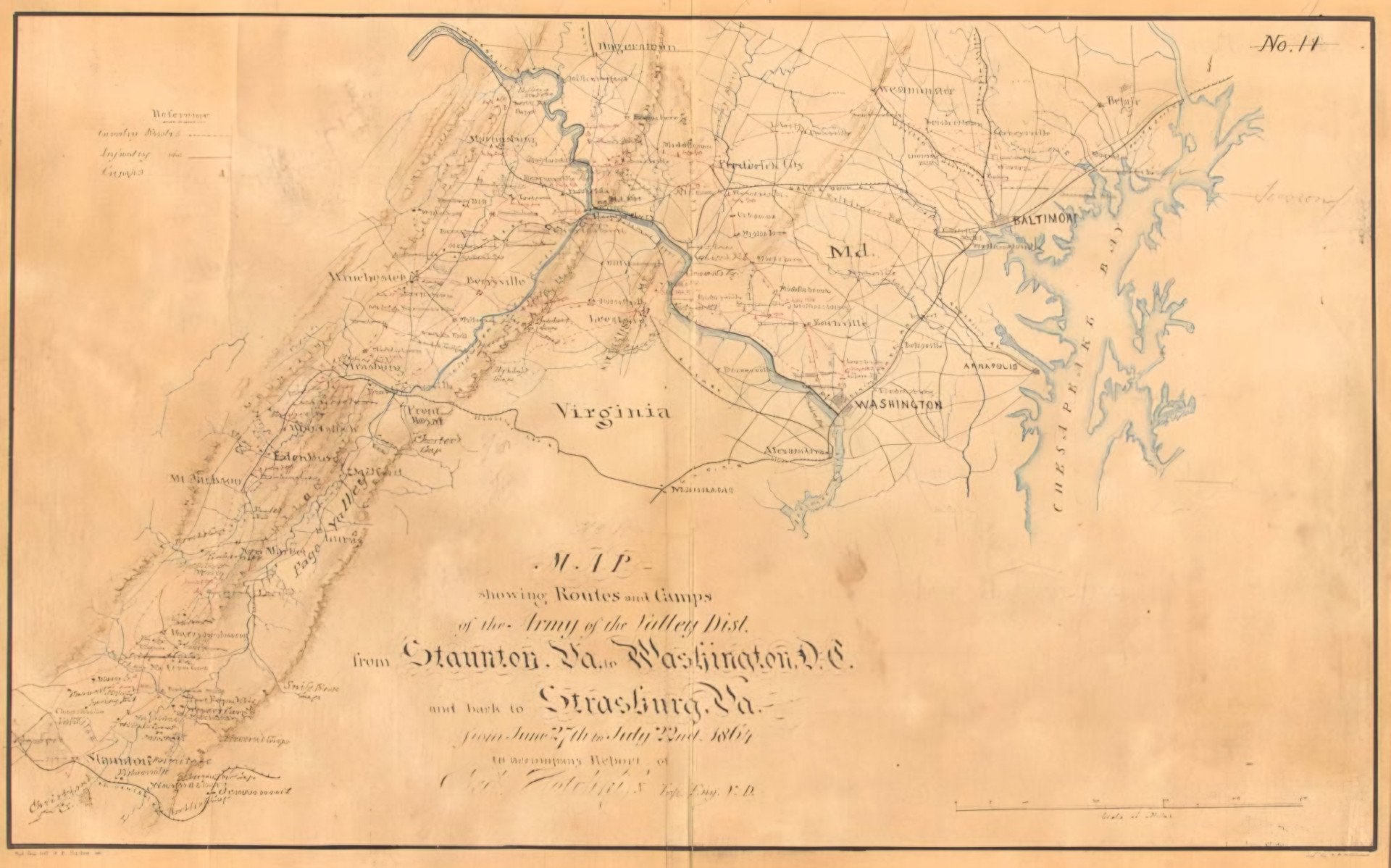
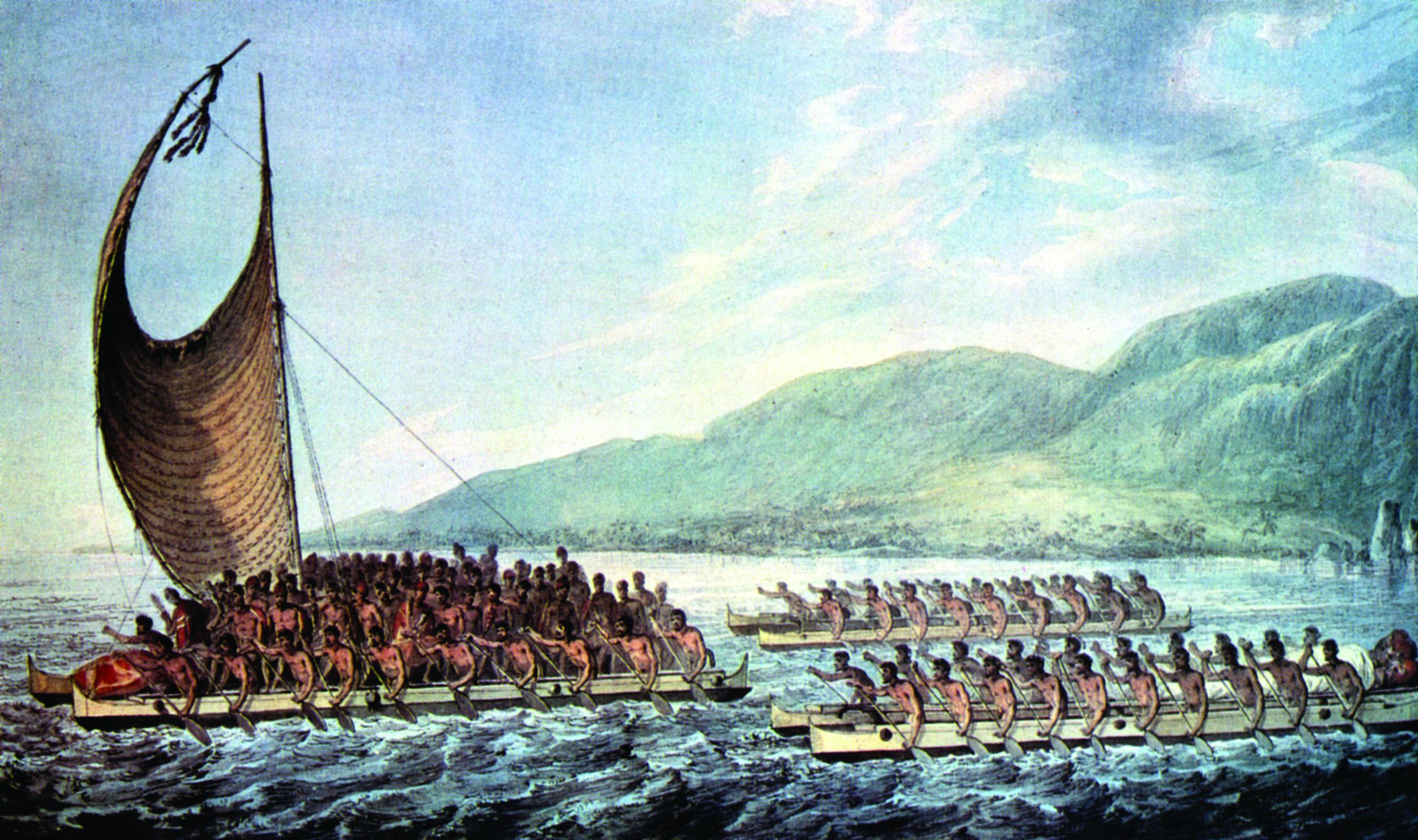
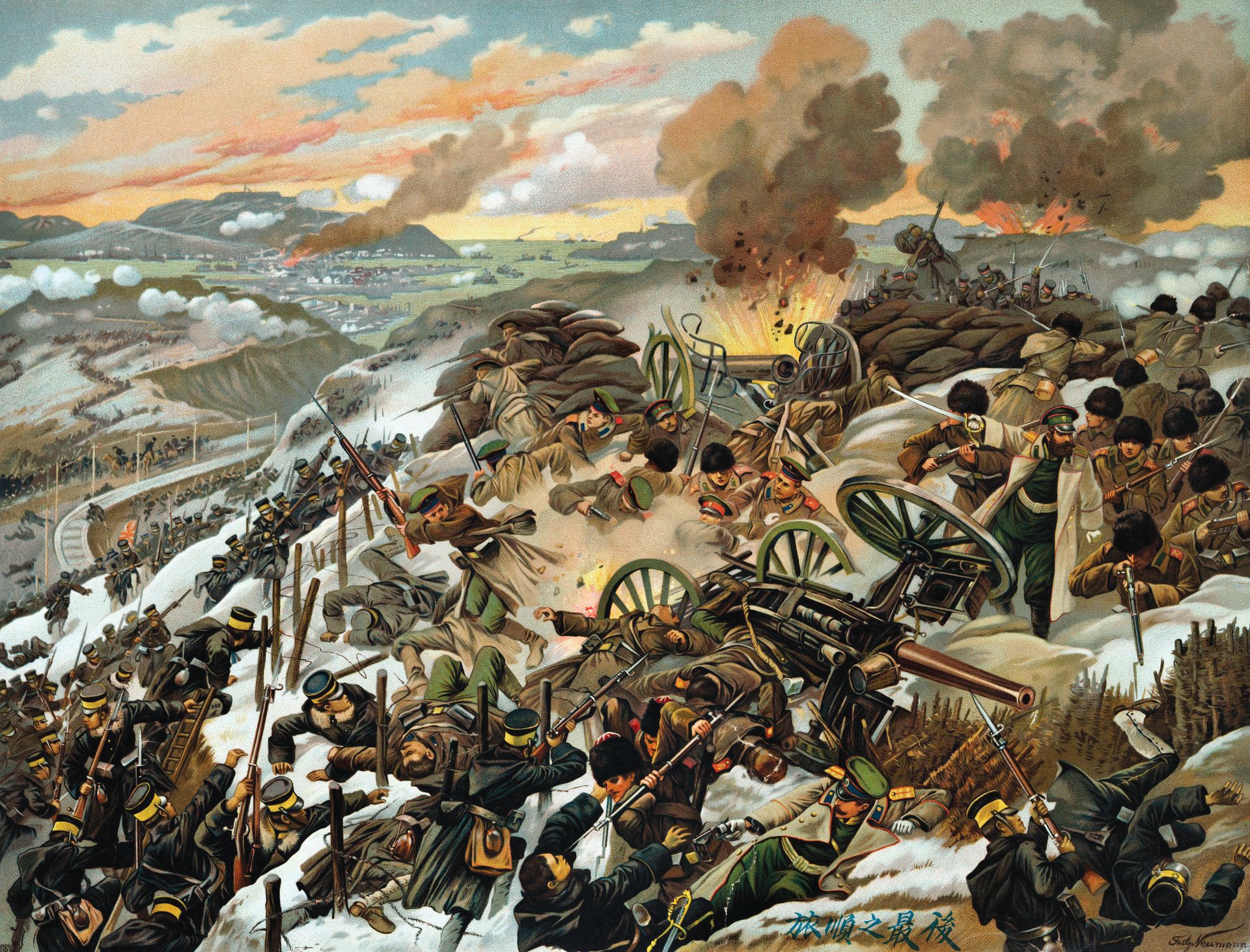
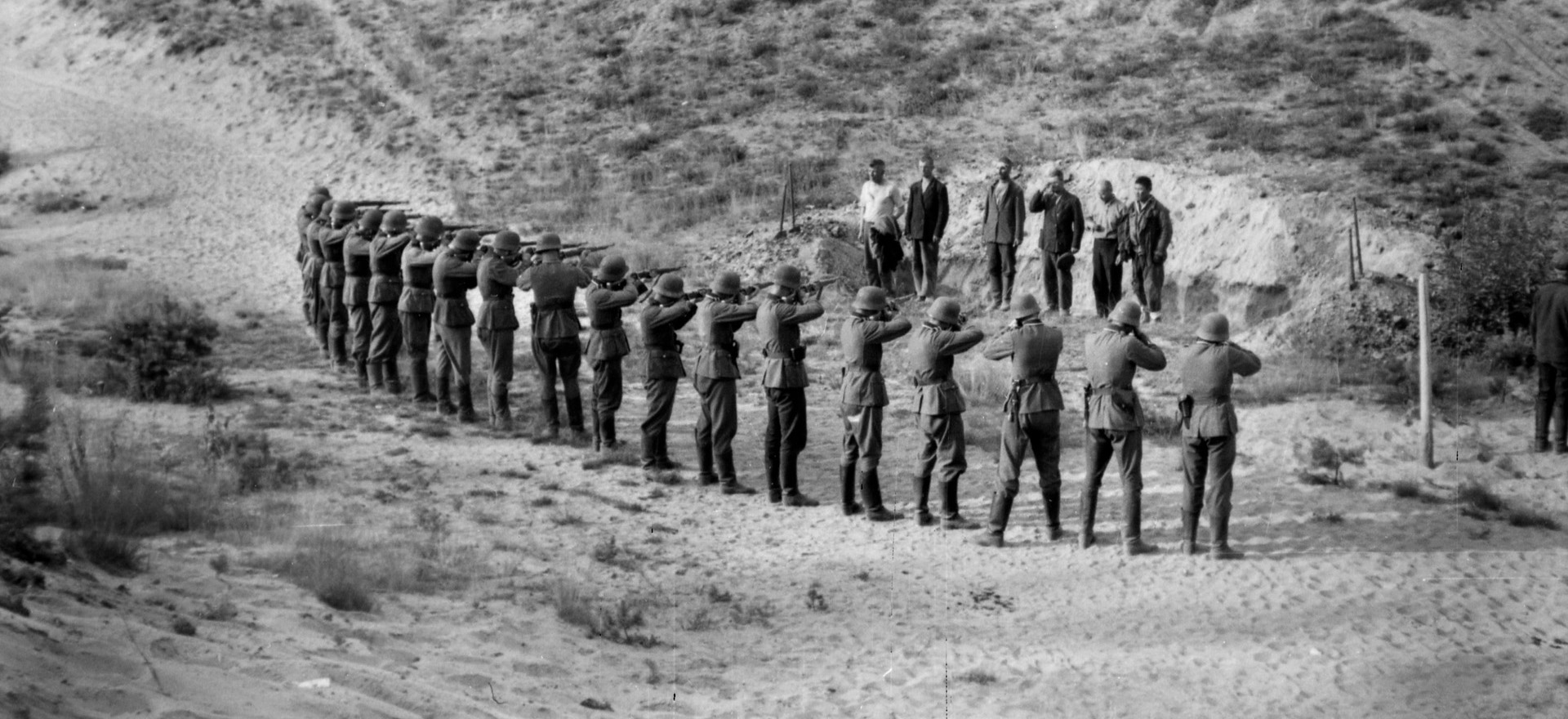
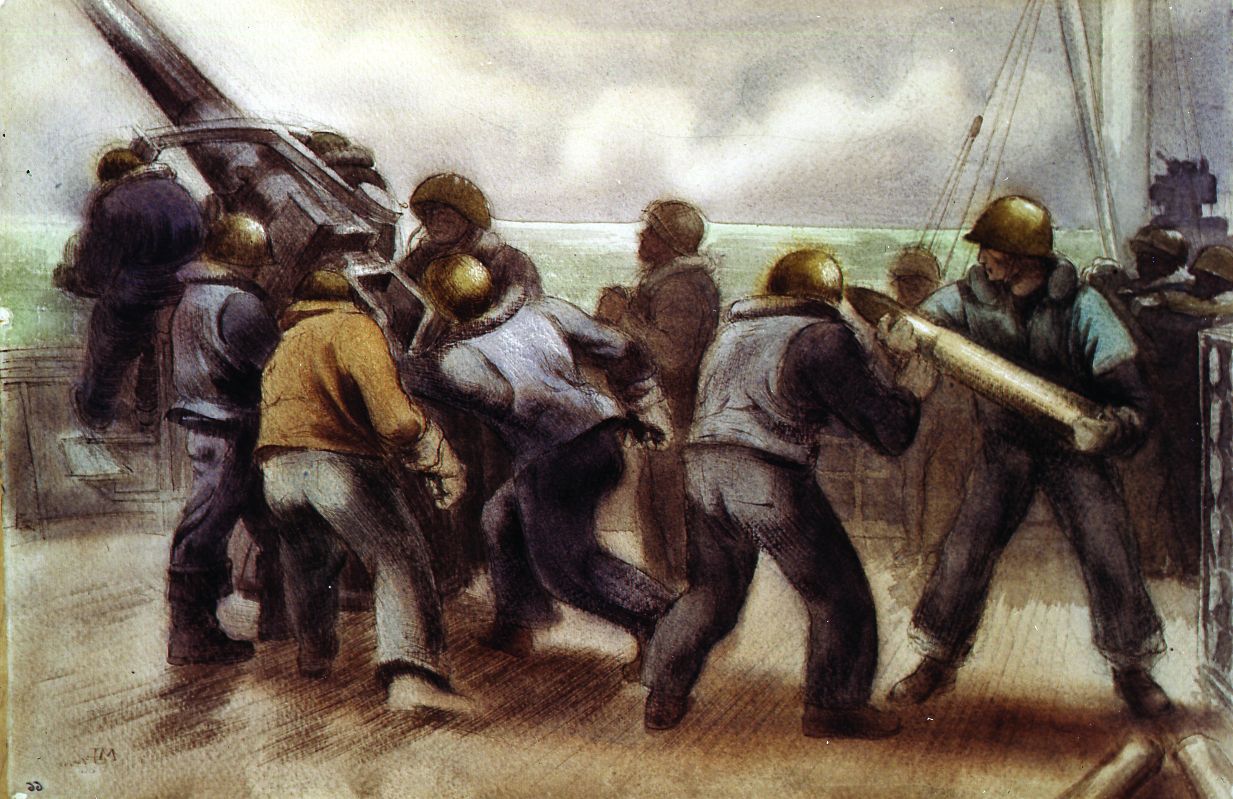
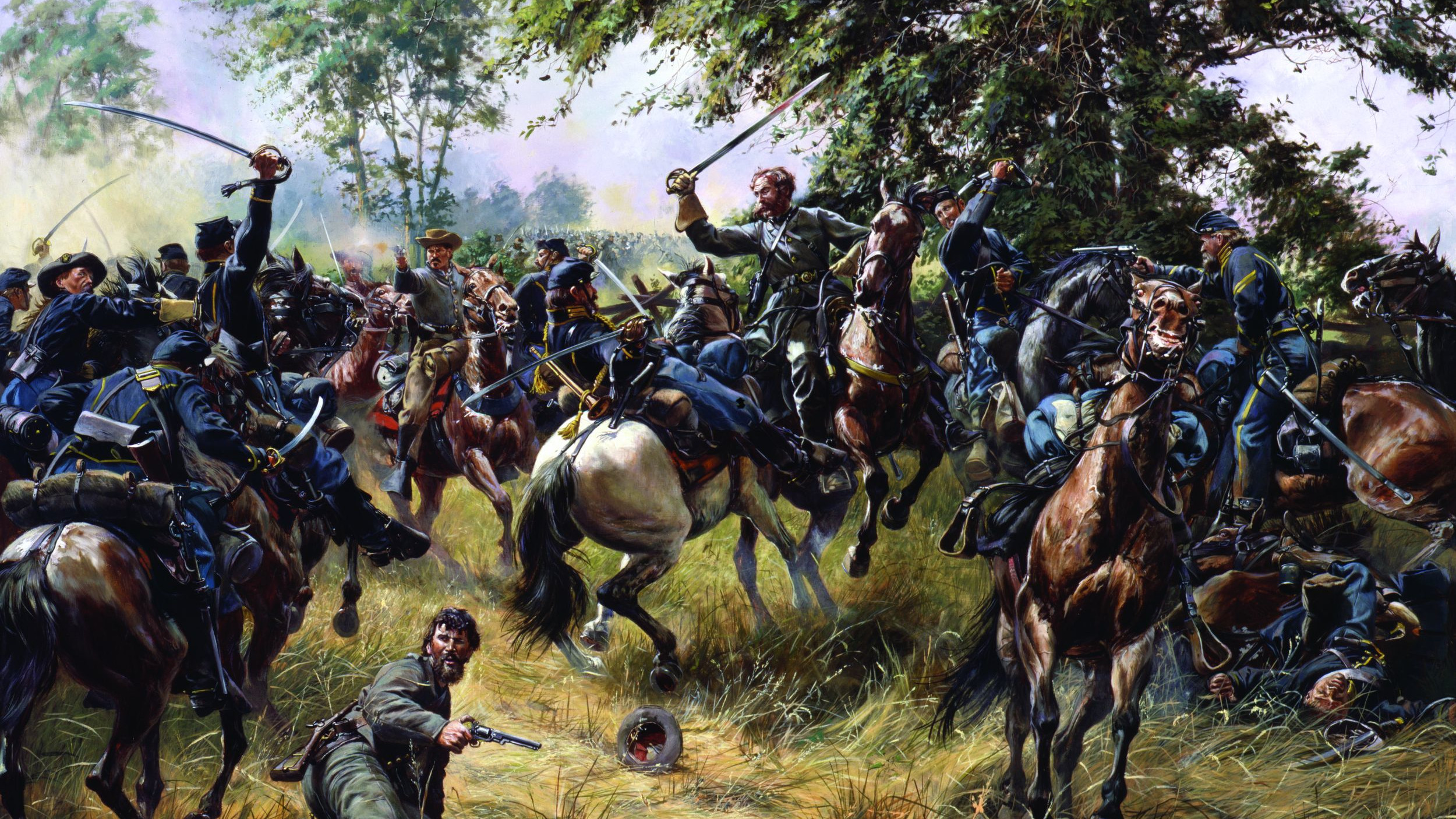
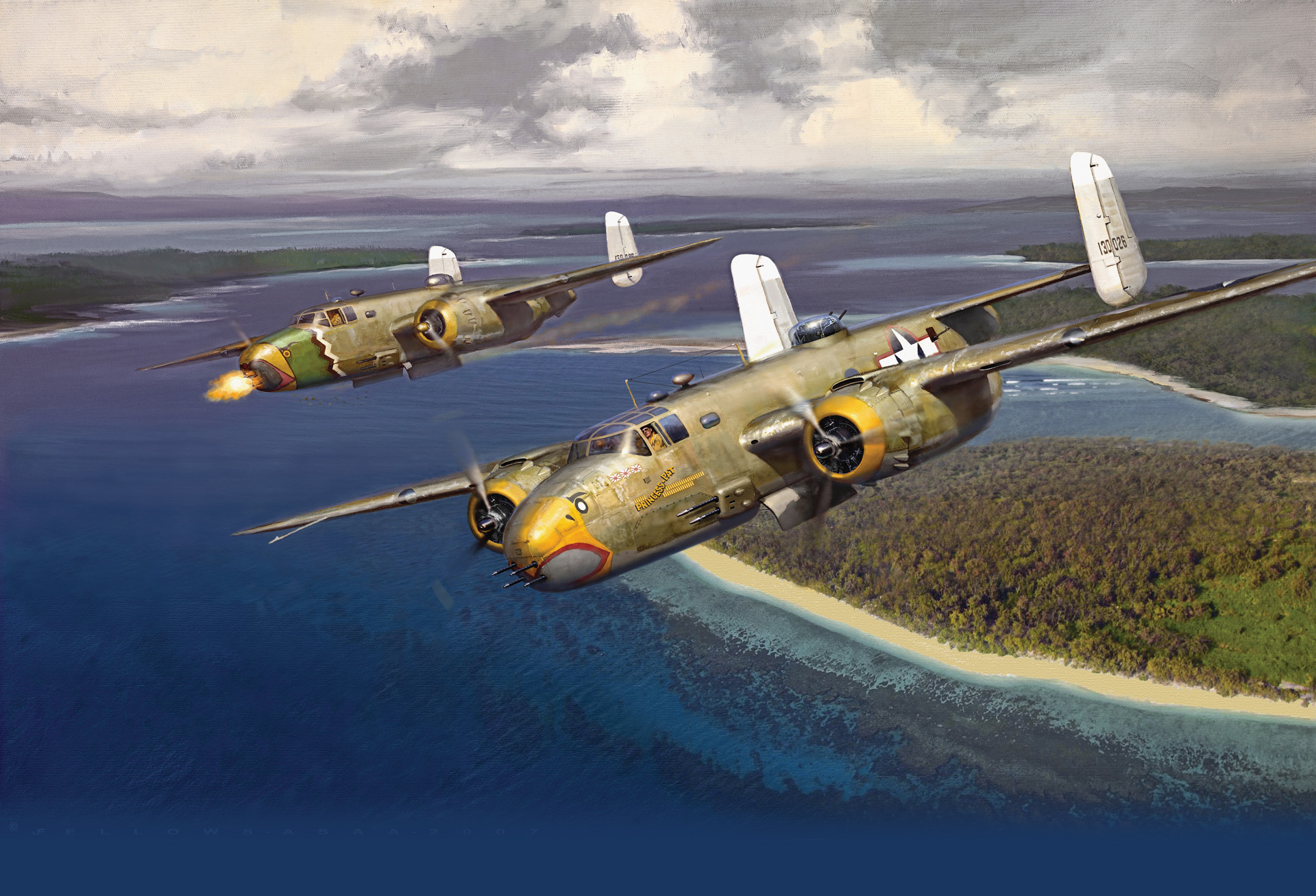
Join The Conversation
Comments
View All Comments